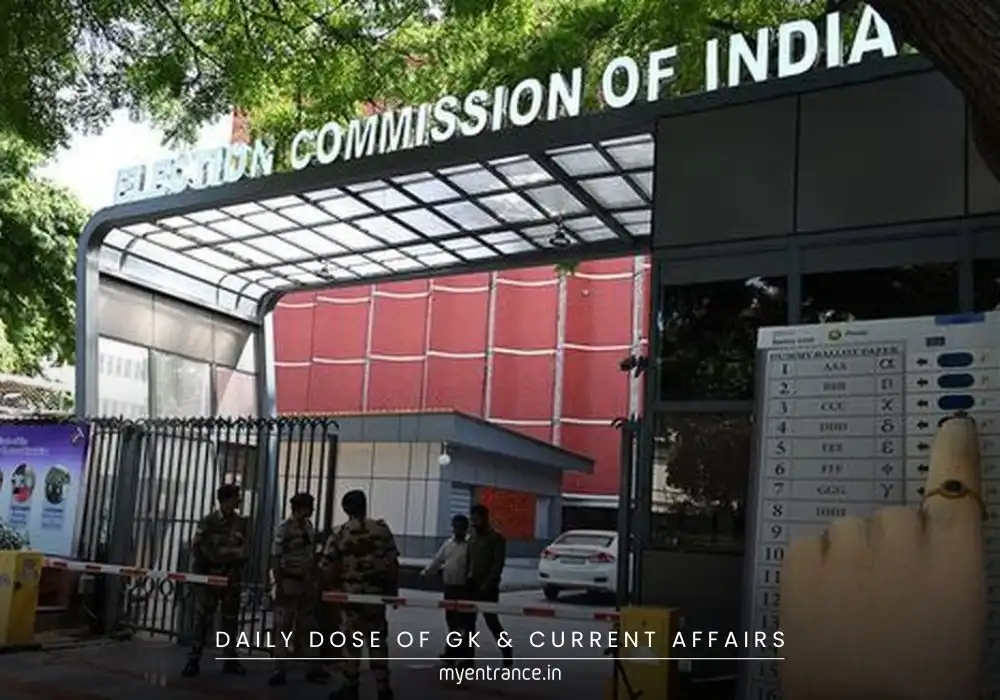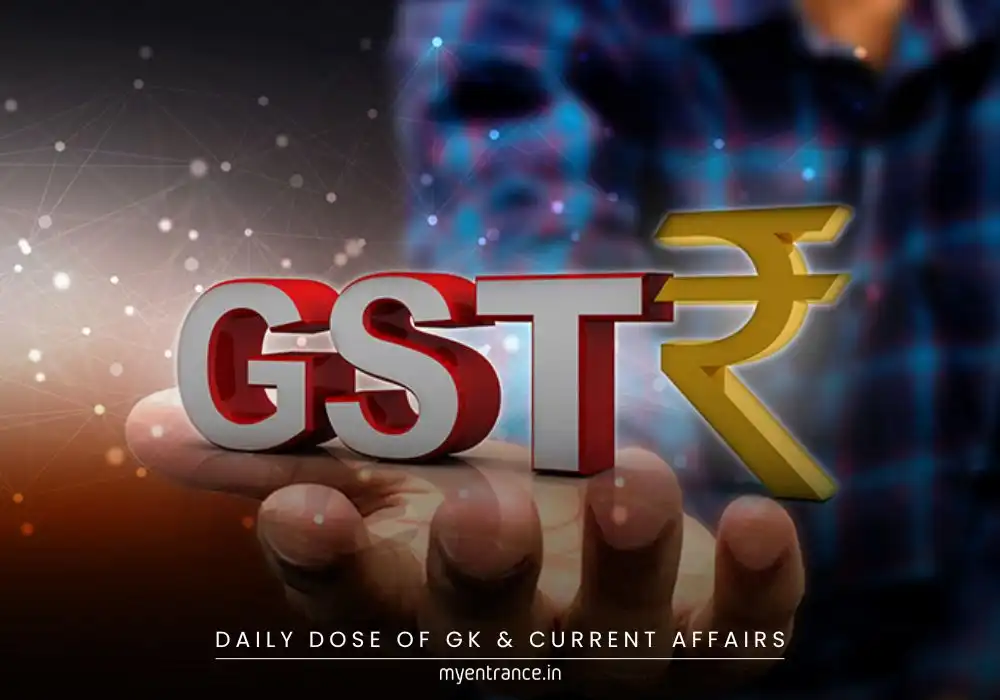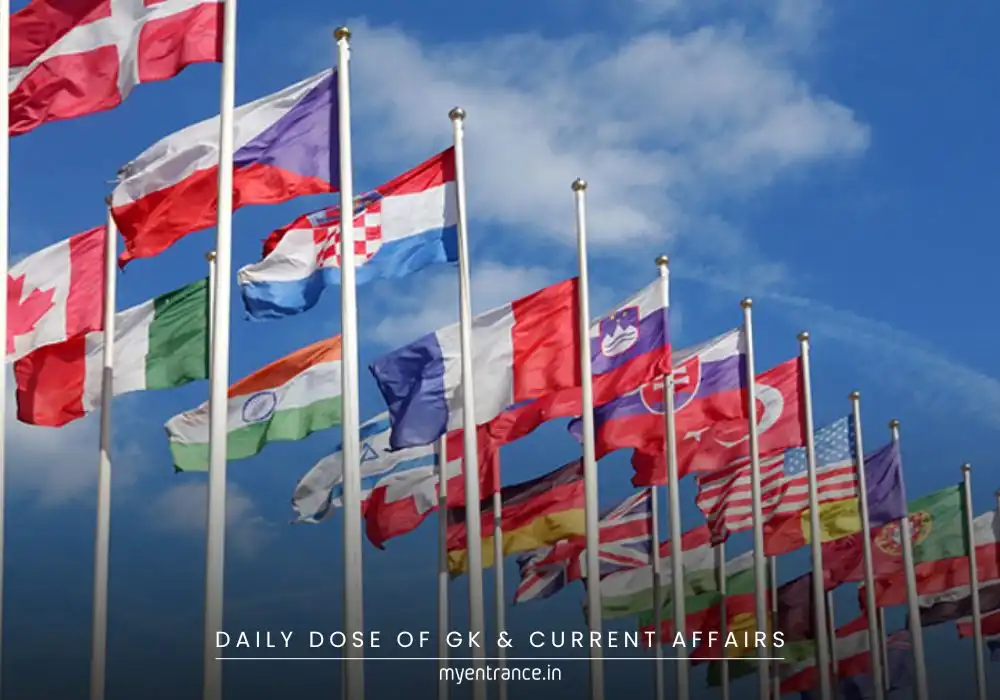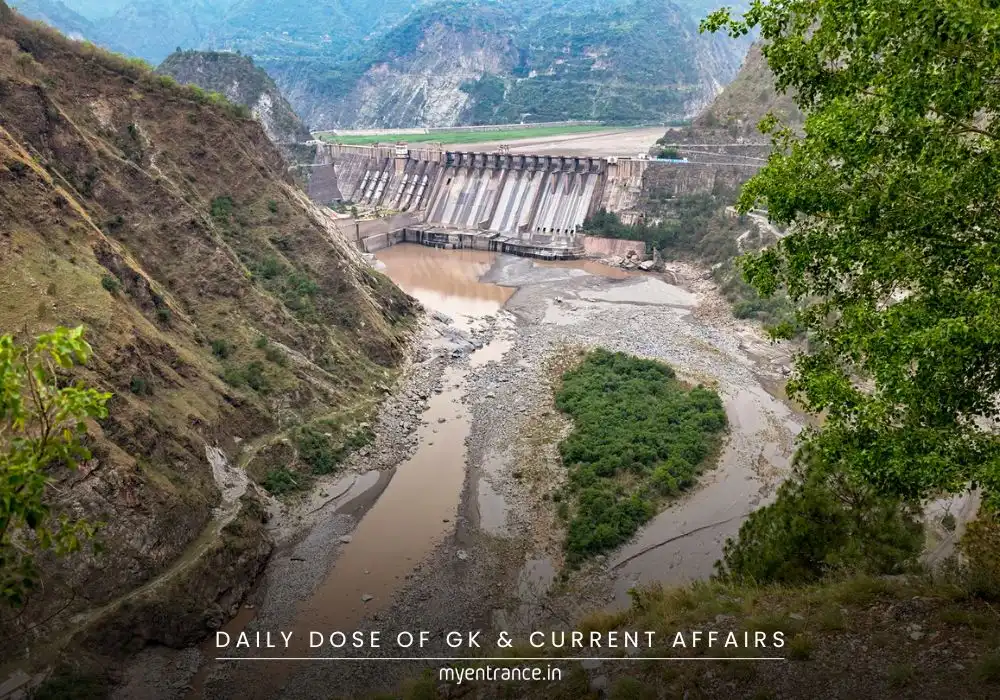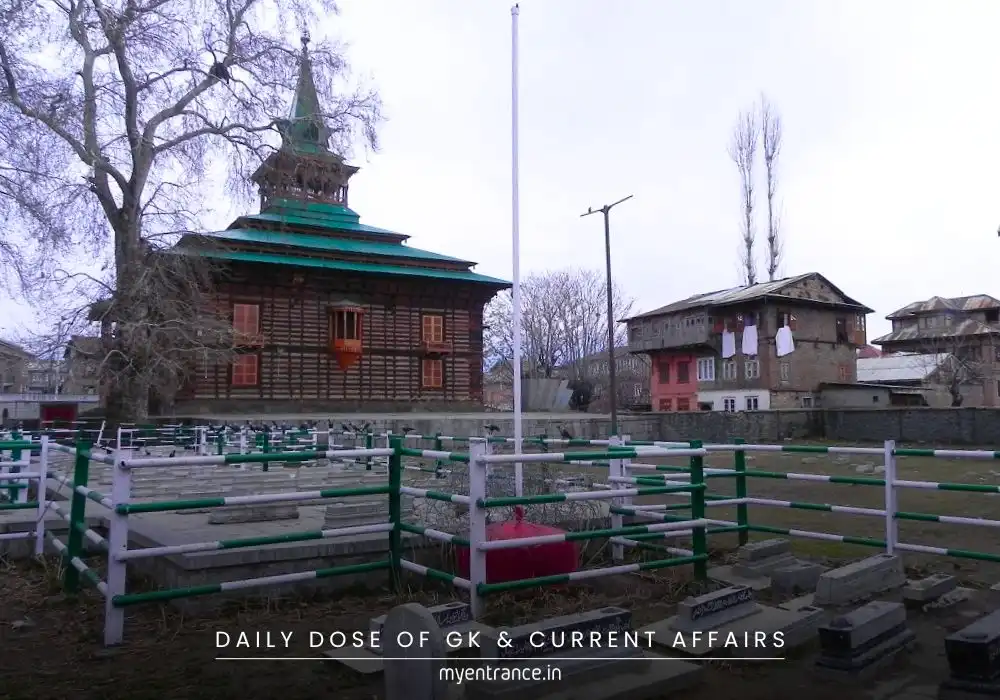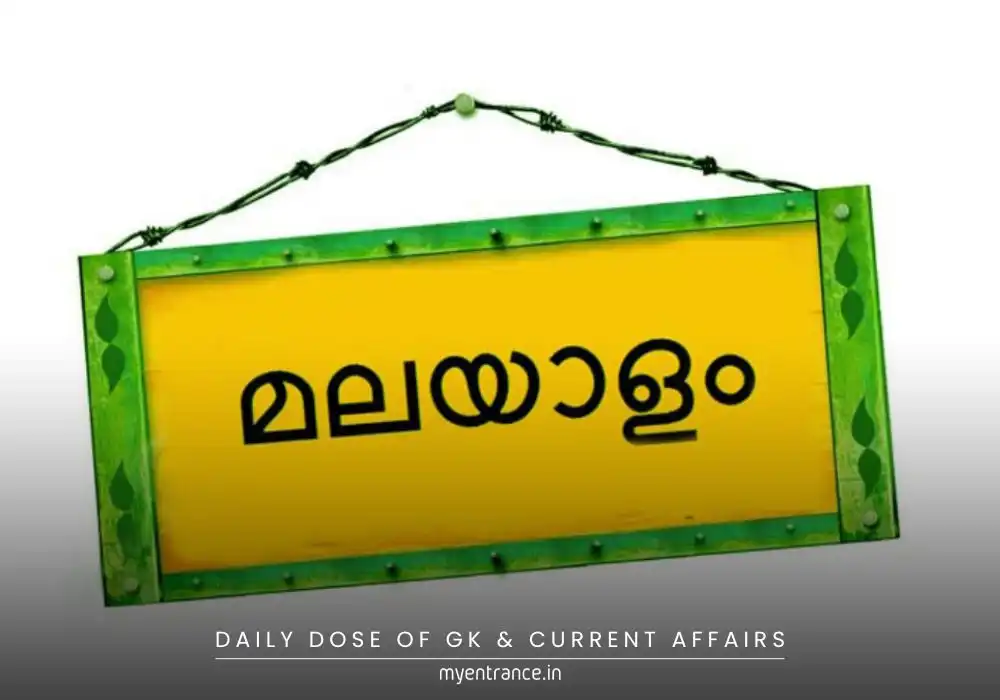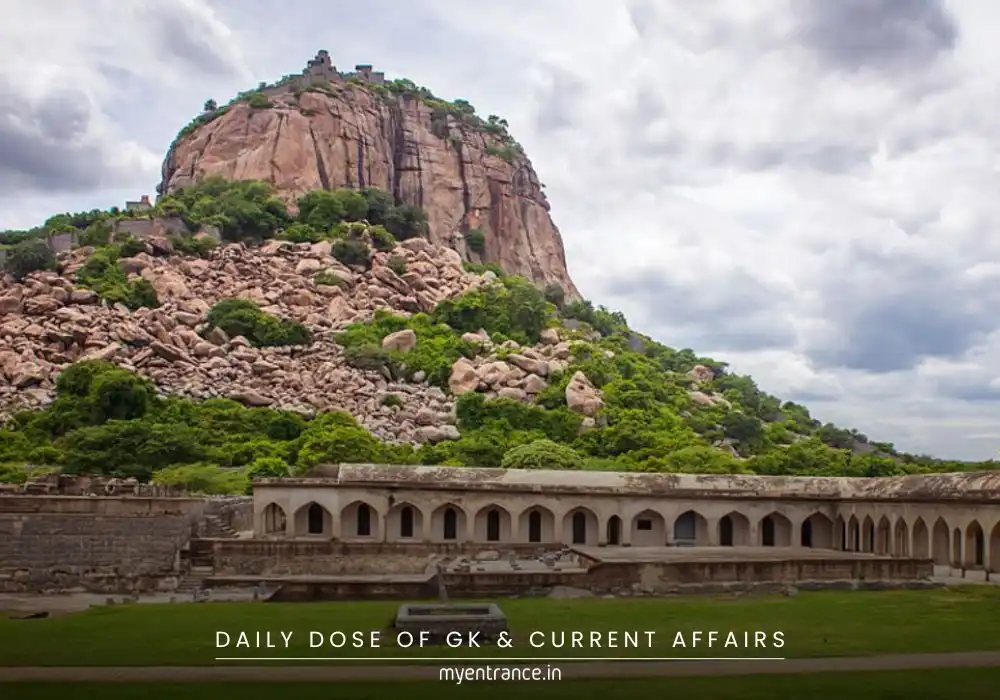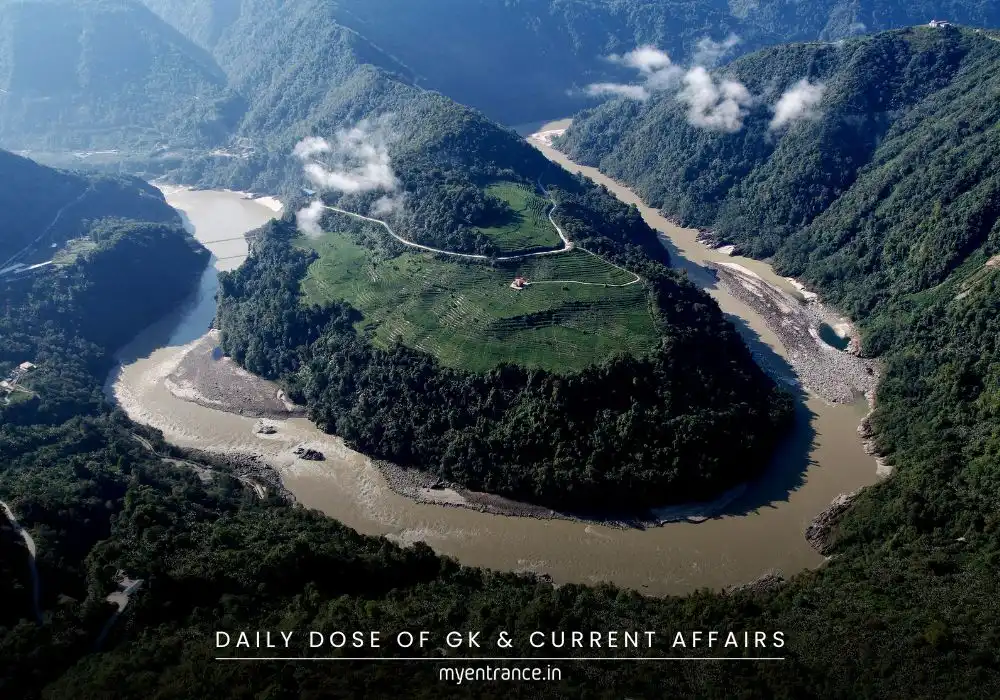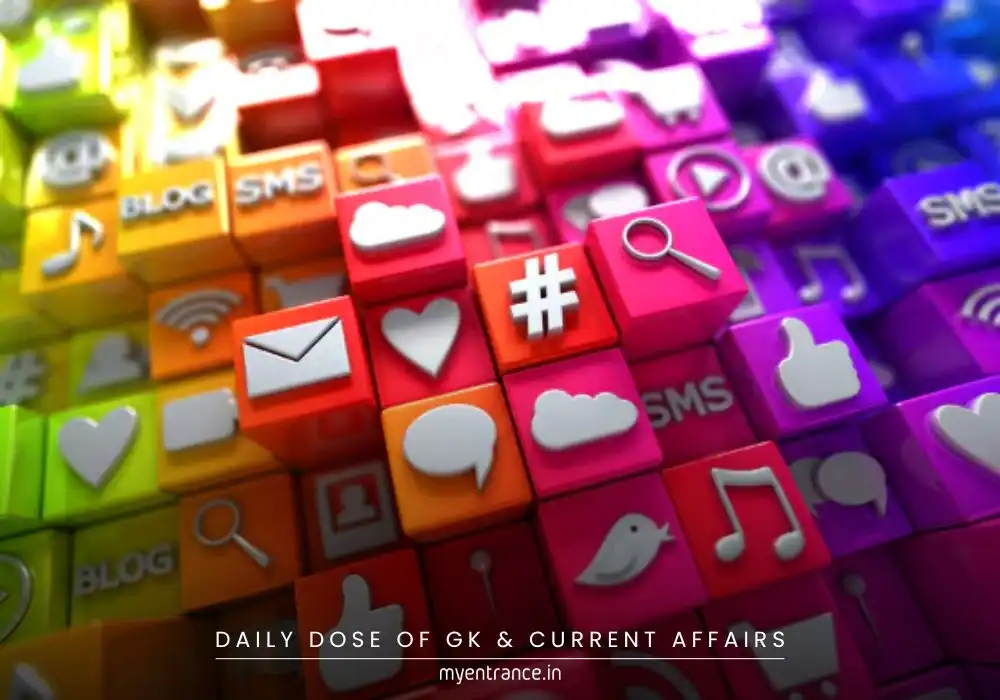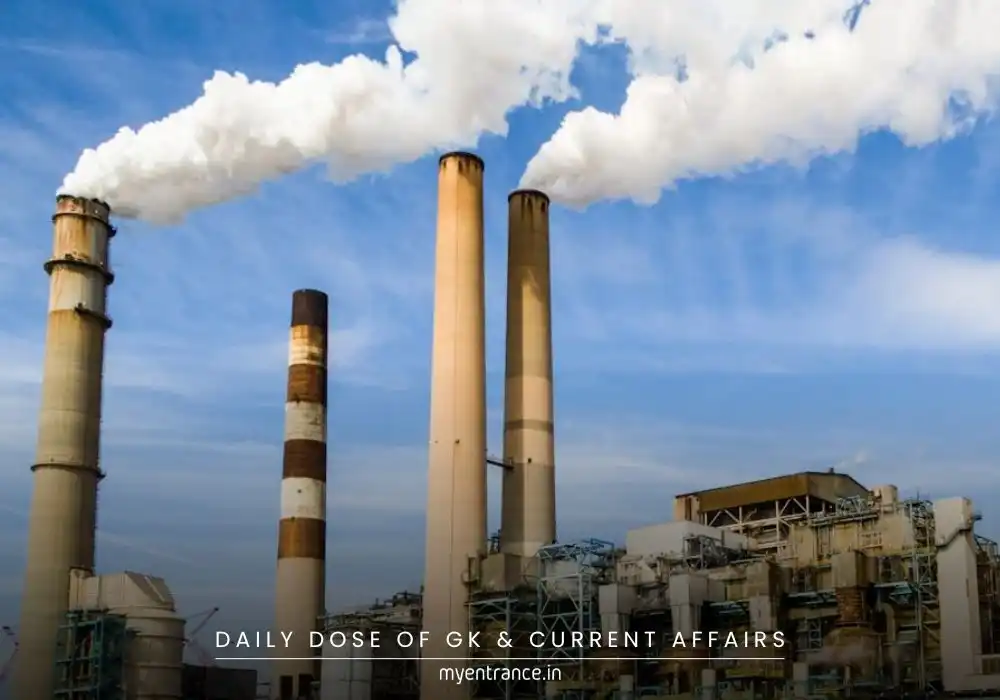Translate Language
How Did the French Revolution Shape Literature and Modern Thought?
The French Revolution (1789–1799) was a turning point in world history, dismantling monarchy and inspiring movements for democracy. Its ideals of Liberté, Égalité, Fraternité echoed globally, but its violent phases like the Reign of Terror remain controversial. Beyond politics, it deeply influenced writers, poets, and thinkers—from Wordsworth’s poetry to Dickens’ A Tale of Two Cities.
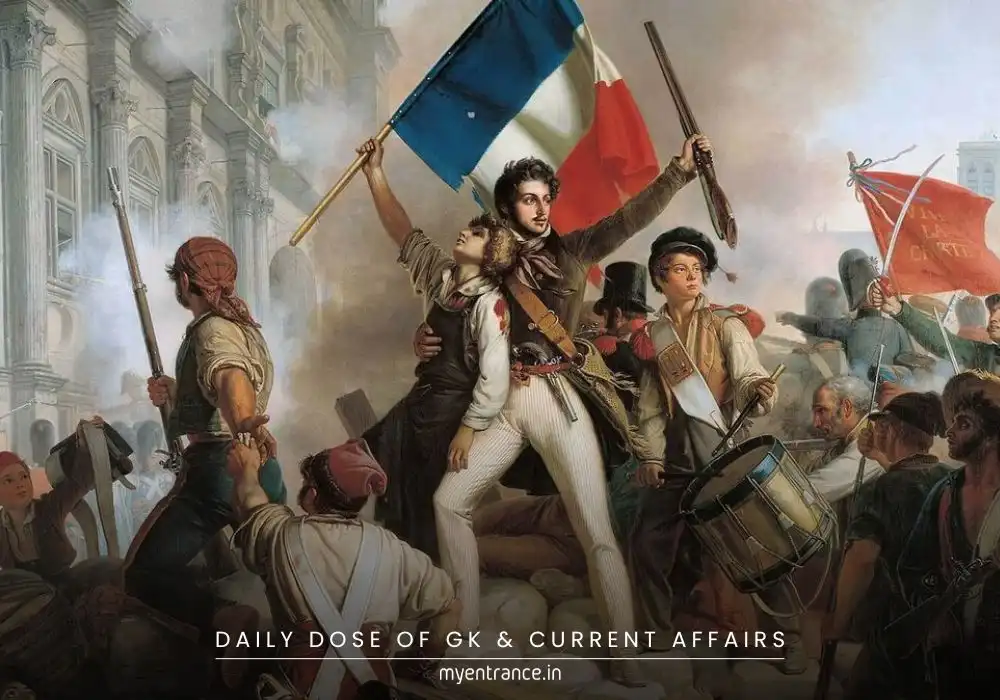
The French Revolution: A Catalyst for Change
The storming of the Bastille prison on July 14, 1789, marked the Revolution’s start. Originally a medieval fortress, the Bastille became a symbol of royal tyranny. Its fall represented the people’s revolt against oppression, igniting a wave of rebellion across France.
Key Phases:
Fall of the Bastille (1789): Sparked mass uprisings.
Reign of Terror (1793–94): Radical phase with mass executions under Robespierre.
Rise of Napoleon: Ended the Revolution but spread its ideals across Europe.
How Writers and Poets Responded
The Revolution’s chaos and ideals left a lasting mark on literature:
1. Romantic Poets: Hope and Disillusionment
William Blake celebrated the Bastille’s destruction in his poem The French Revolution, urging defiance against tyranny.
Wordsworth initially praised the Revolution (“Bliss was it in that dawn to be alive”) but recoiled from its violence later.
Shelley & Byron embraced its emancipatory spirit, advocating liberty in works like Queen Mab.
2. Novelists: Revolution Through Fiction
Jane Austen subtly wove post-Revolution anxieties into Mansfield Park and Persuasion.
Charles Dickens’ A Tale of Two Cities contrasted London’s stability with Paris’s chaos, immortalizing the Reign of Terror.
Leo Tolstoy (War and Peace) and Oscar Wilde (The Importance of Being Earnest) referenced its impact on aristocracy.
Key Questions for Competitive Exams
1. Why is Bastille Day significant in the French Revolution?
Answer: It marks the storming of the Bastille (July 14, 1789), symbolizing the people’s revolt against monarchy.
2. How did the Reign of Terror influence public perception of the Revolution?
Answer: Mass executions under Robespierre led to criticism, overshadowing early ideals of liberty.
3. Name two Romantic poets inspired by the Revolution.
Answer: William Blake and Percy Bysshe Shelley.
4. How does A Tale of Two Cities depict the Revolution?
Answer: Dickens portrays its violence through characters like Madame Defarge, contrasting Paris’s turmoil with London’s peace.
5. Why did Margaret Thatcher’s gifting of A Tale of Two Cities spark controversy in 1989?
Answer: She downplayed the Revolution’s role in human rights, favoring British/US traditions like the Magna Carta.
Why is This Important for Exams?
UPSC/SSC/PSC: Questions on revolutions, Enlightenment ideals, and literary movements are common.
NID/NIFT: Essays on socio-political influences in art/literature often reference the French Revolution.
KAS/Other State Exams: Themes like nationalism, democracy, and historical events are frequently tested.
Understanding the Revolution’s historical impact and cultural legacy helps in:
✔ Answering essay questions.
✔ Analyzing literature/art in descriptive papers.
✔ Connecting global movements in GS/History sections.
Get 3 Months Free Access for SSC, PSC, NIFT & NID
Boost your exam prep!
Use offer code WELCOME28 to get 3 months free subscription. Start preparing today!

